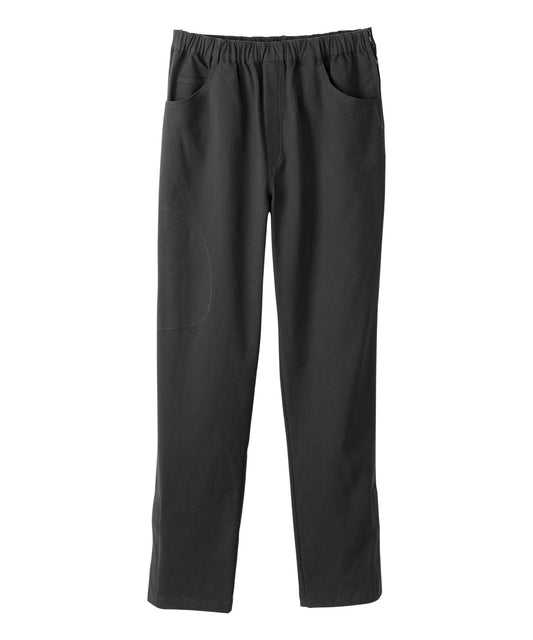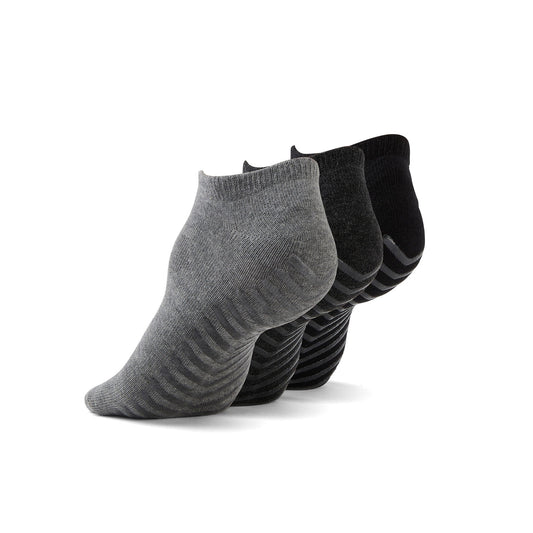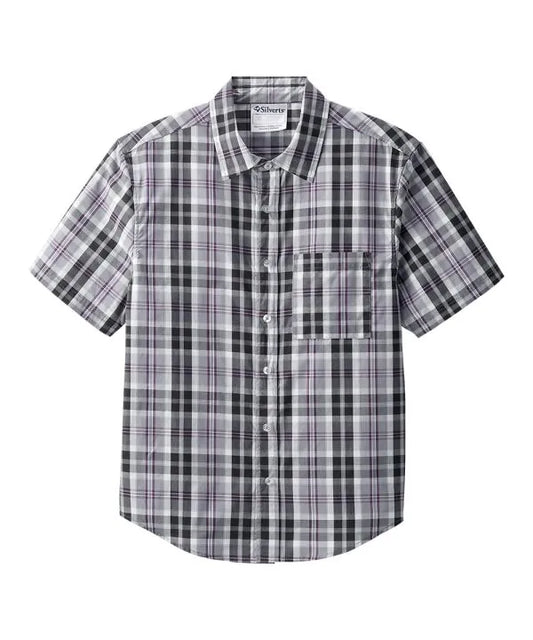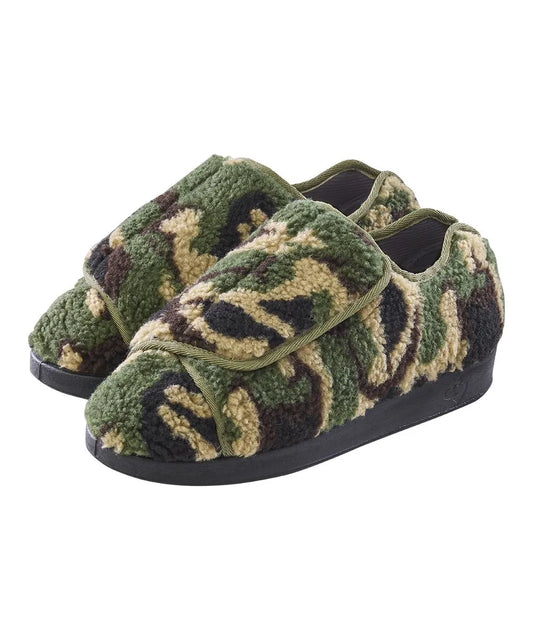Written & Reviewed by Alisa Matsushita-Bomba
What is being physically active?
When you think of physical activity, what comes to mind? People may think of going to the gym, running a marathon, and playing soccer for a few hours. These are all examples of physical activity, but not the only examples. Being physically active means engaging in any activity that involves movement and can help improve physical fitness and overall well-being. Physical activity can be done in several ways.
What are the different types of exercise?
Here are some different types of exercise:
Cardiovascular/aerobic exercises:
These exercises are great for improving your cardiovascular health and burning calories. Examples include running, cycling, swimming, brisk walking, and dancing.
Strength training exercises:
These exercises help to build muscle and improve overall strength. Examples include weightlifting, push-ups, pull-ups, and squats.
Flexibility exercises:
These exercises help to improve your range of motion and prevent injury. Examples include stretching, yoga, and Pilates.
High-intensity interval training (HIIT):
This is a form of cardiovascular exercise that involves short bursts of intense activity followed by periods of rest. Examples include sprinting, jumping jacks, and burpees.
Low-impact exercises:
These exercises are great for people who want to exercise without putting too much stress on their joints. Examples include walking, swimming, and cycling.
Why is physical activity beneficial for seniors?
Some people think that physical activity isn’t recommended, or even harmful to older adults. This is not true; older individuals still benefit from being active, however they choose to do so. It can be difficult for older adults to exercise and be physically active when they don’t know what can be defined as “being active”. As you age, your body naturally experiences a decline in physical function. This “wear and tear” is universal; the amount will depend on the person, but naturally, everyone will experience this. This decline in physical function can have a direct impact on an individual’s mobility and independence. However, seniors still benefit from being active. Here are some reasons why physical activity benefits seniors:
Improved physical health:
Regular exercise can help seniors keep their strength, flexibility, and balance, lowering their risk of falling and injuring themselves. Exercise can also improve cardiovascular health, lower blood pressure, and lower the chance of developing chronic diseases like diabetes and heart disease.
Improved mental health:
Exercise has been shown in studies to improve mood, reduce anxiety and depression, and increase cognitive performance in seniors. It can also aid in stress reduction and general mental well-being.
Increased social interaction:
Exercise can provide a chance for seniors to meet new people and connect with others, which can help reduce feelings of loneliness and isolation.
Increased independence and overall quality of life:
Regular exercise can help seniors keep their independence and overall quality of life. It can also encourage them to participate in activities they love and improve their overall sense of well-being.
Chronic disease prevention:
Regular physical exercise may be helpful in the prevention of chronic diseases such as diabetes, heart disease, and some types of cancer. This has been shown to help seniors enjoy longer, healthier lives.
How can older adults be physically active?
Studies have shown that 150 minutes per week of moderate to vigorous physical activity (MVPA) is recommended for seniors. For older adults who want to be physically active, they have several options. Some of the most effective ways for older adults to stay active include regular aerobic exercise, strength training, and flexibility exercises. Walking, swimming, and hiking are great options for aerobic exercise, while light weights can be used for strength training. Flexibility exercises such as yoga or stretching can help older adults improve their balance and prevent injuries.
Here are some other activities older adults can do to reach their recommended MVPA:
Gardening:
Gardening is a great hobby that can be done to promote physical activity. Gardening is a low-impact form of exercise that can help improve strength, flexibility, and balance. Tasks such as weeding, digging, and planting can help seniors build muscle and improve their overall fitness. Gardening outside is beneficial for other health reasons as well. Exposure to sunlight while gardening can help seniors increase their vitamin D intake, which is important for bone health, immune function, and overall well-being. Gardening can be done in small or large spaces such as a pot or a garden, as long as there is soil to plant the seeds.
Dancing:
Dancing can be a fun and engaging way for seniors to get active, improve cardiovascular health, and socialize with others. Many community centres and senior centres offer dance classes specifically for seniors. There are also free and paid videos online that teach people how to dance for those who do not have access to community centres. This can be done with no equipment, making it an easily accessible way of being active.
Cycling:
Cycling can be a fun and enjoyable way to get outside and enjoy the great outdoors. It is an excellent way to improve cardiovascular health and reduce the risk of heart disease, stroke, and other chronic conditions. Cycling can be done outside, or in a gym or at home with a stationary bike.
Seniors with disabilities:
Seniors with disabilities can have a harder time staying active. Being physically active for seniors can look different depending on their abilities, interests, and overall health. This can be from many reasons, such as mobility issues or chronic pain that causes them to not be able to perform certain activities. Some of the common reasons why they may have a hard time staying active include:
Physical limitations:
Many seniors with disabilities have mobility limitations, chronic pain, or other physical impairments that make it difficult for them to participate in physical activities.
Lack of accessibility:
Many community centers, parks, and other recreational facilities are not designed to be accessible to seniors with disabilities, which can make it hard for them to engage in physical activities.
Financial constraints:
Older adults with disabilities may have limited financial resources that prevent them from joining gyms or other fitness programs, or from purchasing the equipment they need to exercise at home.
Lack of social support:
Some individuals with disabilities may feel isolated or unsupported, which can make it difficult for them to participate in physical activities or find motivation to stay active.
Fear of injury:
Seniors with disabilities may be concerned about the risk of injury or exacerbating their existing conditions, which can prevent them from engaging in physical activities.
Here are some activities for elders with disabilities that can allow them to participate:
Chair-based exercises:
For seniors with limited mobility or who use a wheelchair, chair-based exercises can be a great choice. Seated leg lifts, arm circles, shoulder shrugs, and seated calf-raises are examples of these movements.
Water exercises:
Water exercises can be a great choice for seniors with disabilities because they are low-impact and easy on the joints. Swimming or water aerobics are both suitable options.
Yoga or Tai Chi:
These gentle exercises can help in the improvement of balance, flexibility, and strength in older adults with disabilities. There are plenty of chair-based yoga and Tai Chi routines that can be personalized to various levels of ability.
Resistance bands:
For all individuals with or without disabilities, resistance bands can be used to provide a low-impact strength exercise. They can be used while seated or standing and can aid in muscle development and mobility.
Walking aids:
Walking aids, such as canes or walkers, can help seniors with mobility issues remain active. They can be used for things like strolling, dancing, and hiking.
It's important for older individuals with or without mobility issues to consult with their doctor or a physical therapist before starting any new exercise routine to ensure that it is safe and appropriate for their specific needs. They may also want to consider working with a qualified personal trainer or physical therapist who can help them design an exercise program that is tailored to their abilities and goals. By staying active, older adults can improve their physical and mental health and enjoy a higher quality of life.
To make exercise a bit easier, June Adaptive has a selection of active styles. Take a look at these grip socks that are popular for doing yoga, as well as these women’s pull-on active capri pants with internal pull-up loops for hassle-free dressing, and velvety-smooth knit fabric for sensitive skin. The women’s lightweight cushioned shoes with rear zipper access have easy shoe access that creates larger entry portals and is easier to pull than straight, lateral, or wrap-around zippers. These adaptive clothes are perfect for older adults to use when exercising.
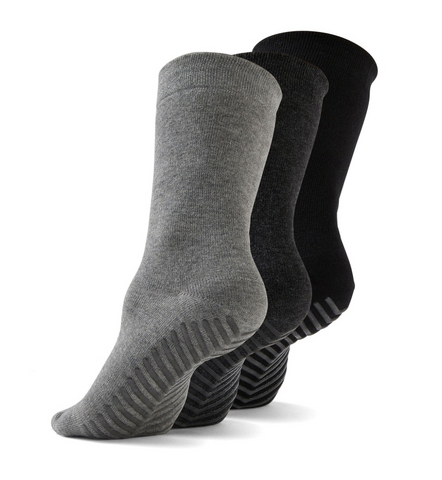


For more from June Adaptive, make sure to check out our community blog. We have many different blog posts with topics such as supporting dressing people with paralysis, the role of fashion in promoting independence for people with disabilities, and 13 helpful items for elderly people. Check out June Adaptive’s clothing brand for adaptive clothing, made for the abilities of all people.












